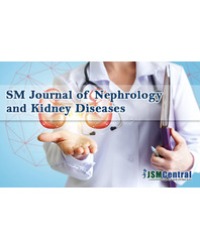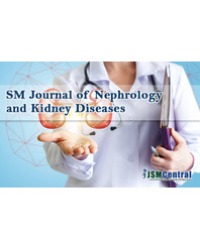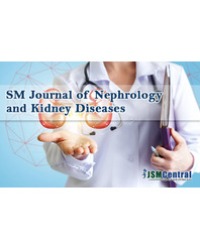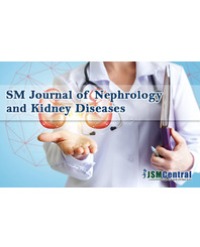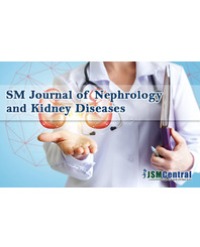
Evaluation of Antidiabetic Plants used by Tribes of Telangana State on Diabetic Complications like Neuropathy, Nephropathy and Cardiomyopathy in Rats
Background: India is “diabetes capital of the world”. Diabetes Atlas 2006 published by International Diabetes Federation, India currently around 40.9 million is expected to rise to 69.9 million by 2025 unless urgent preventive steps are taken. Over the past 30 yr, the status of diabetes has changed from being considered as a mild disorder to major causes of morbidity and mortality.
Methods: Rats treated with Alloxan (150 mg/kg) i.p. results diabetic rats given ethanol extract of Senna auriculata leaf, Syzygium cumini (L.) Skeels seeds and Syzygium cumini (L.) Skeels seeds (150 mg/kg) p.o., respectively for 42 days. Biochemical parameters of diabetic neuropathy, nephropathy and cardiomyopathy and histopathology of sciatic nerve, kidney and heart was done at the end of study.
Results: In Diabetic Group found Blood Glucose Level (BGL) (84.42±6.384 to 369.36±7.784mg/dl); Muscle Grip Strength (MGS) (59.32±1.052 to 13.52±0.883seconds); Thermal Pain Response (TPR) (5.55±0.621 to 13.67±1.164seconds). blood protein (7.48±0.051 to 25.18±0.046mg/dl); urine protein (0.692±0.061 to 2.68±0.056mg/dl); blood albumin (1.94±0.043 to 0.248±0.007mg/dl); urine albumin (0.082±0.009 to 2.68±0.056mg/dl); blood myoglobin (0.042±0.00274 to 0.056±0.00207ng/dl); urine myoglobin (0.0048±0.00142 to 0.0098±0.00107mg/dl); Blood Urea Nitrogen (BUN) (23.04±1.093 to 124.81±1.238 mg/dl); Serum Creatinine (84.06±6.723 to 218.56±7.586 (µMol/dl). Etholic extract of Senna auriculata leaf, Phyllanthus emblica.L. fruits and Syzygium cumini (L.) Skeels seeds & combination treated groups found BGL124.42±7.042, 112.07±6.942, 126.25±7.051 & 98.83±6.932mg/dl; MGS 49.06±0.962, 52.05±1.247, 54.06±1.268 & 56.79±1.125 seconds; TPR 6.54±0.841, 7.38±0.802, 6.45±1.062 & 6.14±0.837 seconds; blood protein 7.98±0.039, 8.02±0.053, 8.06±0.039 & 7.48±0.045mg/dl; urine protein 1.22±0.058, 0.94±0.049, 0.96±0.056 & 0.82±0.062mg/dl; blood albumin 1.64±0.033, 1.82±0.036, 1.87±0.044 & 1.96±0.039mg/dl; urine albumin 0.122±0.008, 0.098±0.007, 0.132±0.009 & 0.108±0.011mg/dl; blood myoglobin 0.045±0.00189, 0.036±0.00177, 0.041±0.00223 & 0.043±0.00175ng/dl; urine myoglobin 0.0042±0.00129, 0.0052±0.00119, 0.0064±0.00126 & 0.0036±0.00125mg/dl; BUN 35.81±1.186, 36.06±1.123, 34.53±1.177 & 29.03±1.229mg/dl; Serum Creatinine 98.42±5.526, 99.73±6.064, 101.97±6.052 & 94.83±6.678µMol/dl.
Conclusion: Ethanol extract of Senna auriculata leaf, Phyllanthus emblica L. fruit and Syzygium cumini (L.) Skeels seeds (150mg/kg) and its combination normalizes biochemical parameters & Morphological changes in sciatic nerve, myocardium & kidney and improvement of the general behavioral parameters. Combination was found to be more effective in these diabetic complications.
Syed Ahmed Hussain and Ashish Kumar Sharma*

